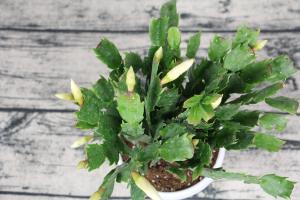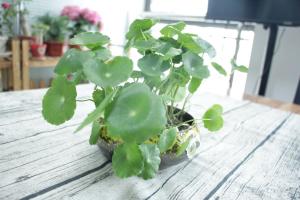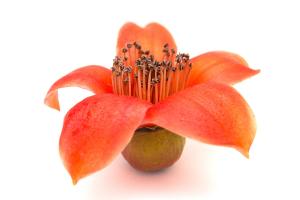How Close to Plant Basil and Tomatoes
When it comes to growing tomatoes and basil, gardeners often wonder how close they should plant these two popular crops together. The truth is that there is no one-size-fits-all answer to this question. The ideal distance between basil and tomato plants depends on several factors, including the variety of each plant, the size of the garden, and the desired harvest.
Basil and Tomato Varieties
The first thing to consider when deciding how close to plant basil and tomatoes is the variety of each plant. There are many different types of basil, each with its own growing habits and space requirements. Similarly, there are many different types of tomatoes, ranging from tiny cherry tomatoes to large beefsteak varieties.
In general, compact basil varieties like 'Spicy Globe' and 'Greek Columnar' can be planted as close as 6 inches to tomato plants, while larger varieties like 'Sweet Basil' and 'Genovese' require at least 12 inches of space. For tomatoes, smaller varieties like cherry and grape tomatoes can be planted closer to basil, while larger varieties like beefsteak or heirloom tomatoes should be spaced further apart.
Garden Size
The size of your garden is also an important consideration when deciding how close to plant basil and tomatoes. If you have a small garden, you may need to plant your crops closer together to maximize space. However, if you have a larger garden, you can afford to space your plants further apart.
As a rule of thumb, aim to plant basil and tomatoes at least 1 foot apart in a small garden, and up to 3 feet apart in a larger garden. This will give both plants enough space to grow and thrive without competing for resources like water, nutrients, and sunlight.
Desired Harvest
Finally, the desired harvest can also influence how close to plant basil and tomatoes. If you plan to harvest both crops at the same time, it may be best to space them further apart to avoid overcrowding and potentially damaging the plants. However, if you plan to harvest basil leaves before the tomatoes are ripe, you can afford to plant them closer together.
Remember that basil and tomatoes are both heavy feeders, so it's important to ensure that your soil is rich in nutrients and well-draining. You can also supplement with organic fertilizers like compost, worm castings, or fish emulsion to give your plants a boost.
In conclusion, there is no one-size-fits-all answer to how close to plant basil and tomatoes. The ideal distance depends on several factors, including the variety of each plant, the size of the garden, and the desired harvest. By considering these factors, you can create an optimal growing environment for both crops and enjoy a bountiful harvest.

 how many times do yo...
how many times do yo... how many planted tre...
how many planted tre... how many pine trees ...
how many pine trees ... how many pecan trees...
how many pecan trees... how many plants comp...
how many plants comp... how many plants can ...
how many plants can ... how many plants and ...
how many plants and ... how many pepper plan...
how many pepper plan...





























